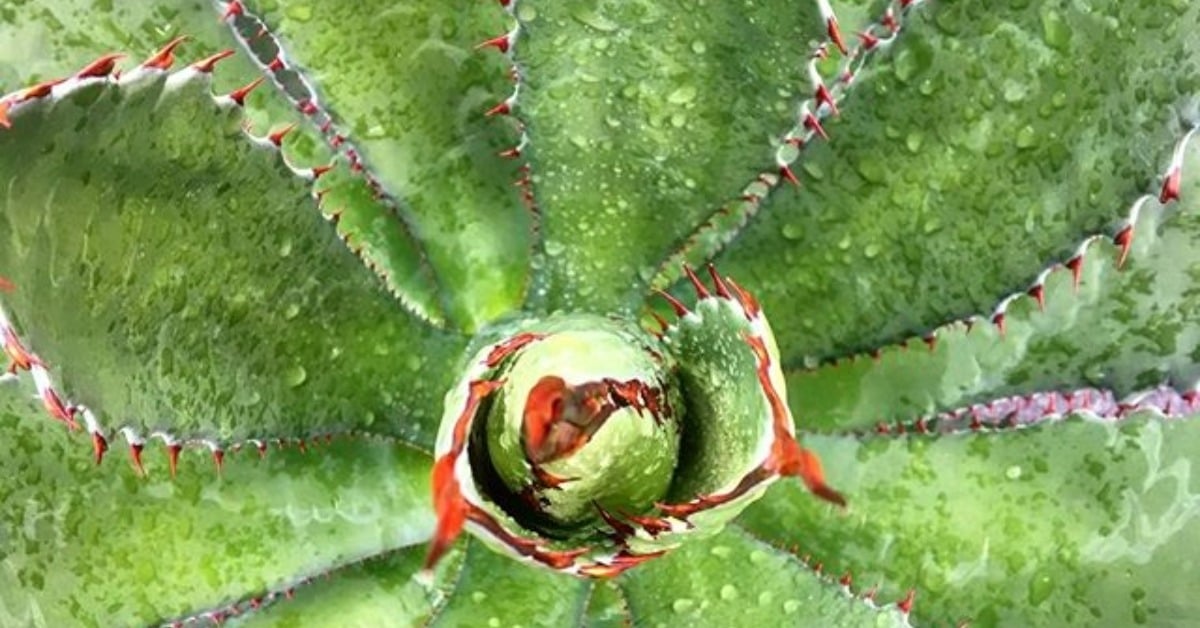Learn how Agave maximiliana, the heart of Jalisco’s raicilla, is being preserved through traditional and biotechnological methods . . .


Learn how Agave maximiliana, the heart of Jalisco’s raicilla, is being preserved through traditional and biotechnological methods . . .

